Sprung vs. Flat Slats: Choosing the Right Support for Your Bed Frame
When selecting the ideal support system for your bed frame, the choice between sprung slats and flat slats plays a crucial role in the comfort and durability of your sleep space. Among the benefits of sprung slats are their flexibility and ability to adjust to your body's movements, providing targeted support for a restful night’s sleep. On the other hand, flat slats offer a firm and stable foundation, perfect for those who prefer a more uniform feel while sleeping. In this comprehensive comparison, we will delve into the specifics of both options, guiding potential customers towards making an informed decision based on their preferences and needs for the ultimate sleeping experience.
The Importance of Choosing the Right Slats
Choosing the right slats for your bed frame is not just a matter of personal comfort; it's a critical decision that affects the longevity and performance of your bed. Slats are the backbone of any bed frame, providing essential support to your mattress and, in turn, to you during sleep. The right type of slat can enhance the feel of your mattress, offer better ventilation, and prevent sagging, extending the life of both the bed frame and the mattress. Flat slats are known for their sturdy support, while sprung slats offer a more responsive feel. Your sleeping habits, weight distribution, and mattress type should all play a part in determining which slat system will serve you best. Understanding these nuances ensures you get the most out of your bed frame, contributing to a better night's sleep and the overall health of your sleep system.
Exploring Flat Slats
Advantages of Flat Slats
Flat slats are synonymous with stability and durability. For those who prefer a firmer sleep surface, flat slats provide a solid foundation that maintains the shape and integrity of the mattress. This even support can reduce mattress wear over time, potentially extending its lifespan. Flat slats are also typically easier to construct and install, making them a convenient option for many bed frames. They lack moving parts, which means there's less that can go wrong or require maintenance. For individuals with back issues or those who require a consistent feel across the entire bed, flat slats could be the ideal choice, as they prevent the mattress from dipping or sagging.
Potential Drawbacks of Flat Slats
While flat slats are beneficial for their firm support, they do come with potential drawbacks. One of the main issues is the lack of flexibility. Unlike sprung slats, flat slats do not move with your body, which can result in a less responsive sleep surface and may not be as comfortable for everyone. This rigidity can also mean less shock absorption for the mattress, potentially leading to a firmer feel than some sleepers would prefer. Additionally, because of their fixed position, flat slats may not promote as much airflow beneath the mattress, which could affect temperature regulation and moisture buildup. For those with particular health conditions or sleep preferences, these factors could translate into a less-than-ideal sleeping experience. It's important to weigh these considerations against the advantages when choosing slats for your bed frame.
Understanding Sprung Slats
Benefits of Sprung Slats
Sprung slats are known for their enhanced comfort and support. They are designed to curve upwards, providing a more responsive and adaptable surface for the sleeper. The flexibility of sprung slats allows them to act like a shock absorber for your body, adjusting to different weights and movements throughout the night. This dynamic support can help in evenly distributing body weight, which may alleviate pressure points and result in a more comfortable sleep, particularly for side sleepers. Additionally, the upward curve of sprung slats promotes better airflow beneath the mattress, helping to regulate temperature and reduce moisture, which is beneficial for both the mattress's health and the sleeper's comfort.
Potential Limitations of Sprung Slats
Sprung slats, while offering numerous benefits, do have some limitations that should be considered. The additional mechanical structure means there are more parts that could potentially break or wear out, which may require more maintenance or replacements over time. Furthermore, the give in sprung slats may not be suitable for all types of mattresses; for instance, some memory foam mattresses perform better on a solid base. Because they conform to body shape, sprung slats might also alter the firmness level of a mattress, making it feel softer than intended, which could be a downside for those who require a firmer sleeping surface. It's essential to assess these factors in the context of your personal needs when choosing the slat system for your bed frame.
Comparing Sprung vs. Flat Slats
Which Offers Better Support?
The question of which slat type offers better support depends largely on individual sleep needs and preferences. Flat slats provide a uniform and stable surface, making them ideal for those who require a firmer feel from their bed frame. Their even support can benefit sleepers who need a more consistent surface to maintain proper spinal alignment, particularly back sleepers.
Sprung slats, on the other hand, offer a more dynamic form of support. They yield to pressure and can adjust to the sleeper's body contours, which can be particularly advantageous for side sleepers and those with joint pain. The flexibility of sprung slats can help distribute weight more evenly, potentially reducing pressure points and enhancing overall comfort.
Ultimately, no single option is superior in all aspects. Better support is subjective and is best determined by considering your specific comfort requirements and the type of mattress you use.
Impacts on Comfort and Durability
The impact of slat type on both comfort and the durability of a wooden bed frame cannot be understated. Flat slats, with their rigid structure, tend to offer a more consistent sleeping surface, which can extend the life of a mattress by preventing sagging and uneven wear. However, the firm support may not cater to all comfort preferences and could be less forgiving on the body for some sleepers.
Sprung slats enhance comfort by absorbing movement and conforming to the sleeper's body. This can result in a softer feel and potentially improve sleep quality by reducing pressure points. However, the increased complexity of sprung slats can affect their longevity. The additional moving parts are subject to wear and tear, meaning they may not last as long as their flat counterparts, especially under heavier loads.
Both types have their own merits, and the impact on comfort and durability will largely depend on the quality of the slats and how they complement the mattress and sleeper.
Making the Right Choice for your Bed Frame
Considerations for Choosing Slats
When selecting slats for your bed frame, several factors should influence your decision. First, consider the type of mattress you have or plan to purchase. Memory foam and latex mattresses, for instance, may benefit more from the solid support of flat slats, while traditional spring mattresses can be well-suited to the flexibility of sprung slats.
Your personal sleep preferences are also important. If you prefer a firmer sleeping surface, flat slats are likely the better option. Conversely, if you enjoy a bed with some bounce or need pressure relief, sprung slats could be more appropriate.
The weight the bed will need to support is another consideration. Heavy sleepers or those who want a bed that can withstand a lot of movement should lean towards flat slats for their durability and strength.
Lastly, consider any health issues, such as back pain, which might require a specific type of support to ensure a restful night's sleep.
Final Thoughts on Sprung vs. Flat Slats
In conclusion, the choice between sprung and flat slats for your bed frame hinges on a blend of personal preference, lifestyle, and practicality. Flat slats offer a straightforward, durable solution that caters to those seeking a stable and firm sleep surface. They are typically more affordable and less prone to maintenance issues, making them a practical choice for many.
Sprung slats, conversely, provide a more plush and responsive sleeping experience. They cater to those looking for additional comfort and can be particularly beneficial for alleviating pressure points and enhancing the overall quality of sleep.
Both options have their distinct advantages and potential trade-offs. It is essential to weigh these against your individual needs, considering your sleeping habits, health concerns, and the type of mattress you use. By doing so, you can ensure that your bed frame is complemented by the best possible support system, leading to a better night's sleep and a more satisfying investment in your bedroom furniture.









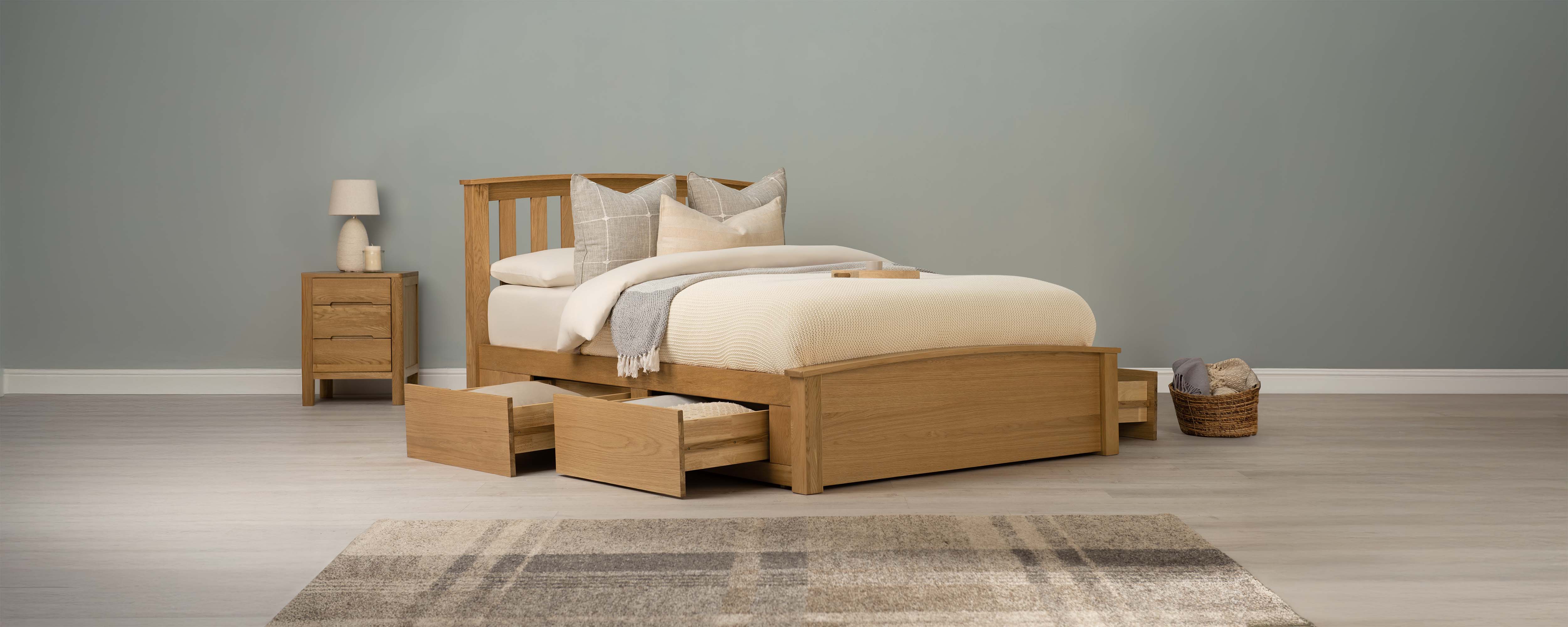
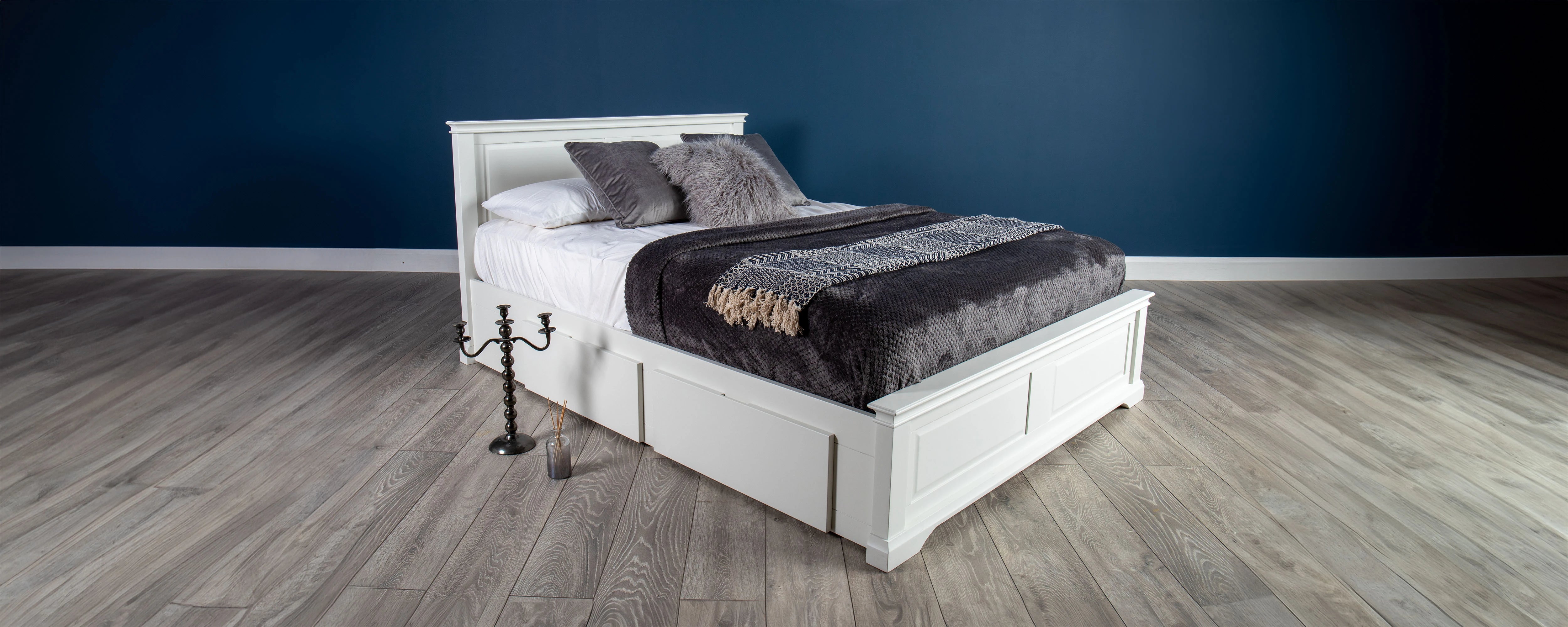
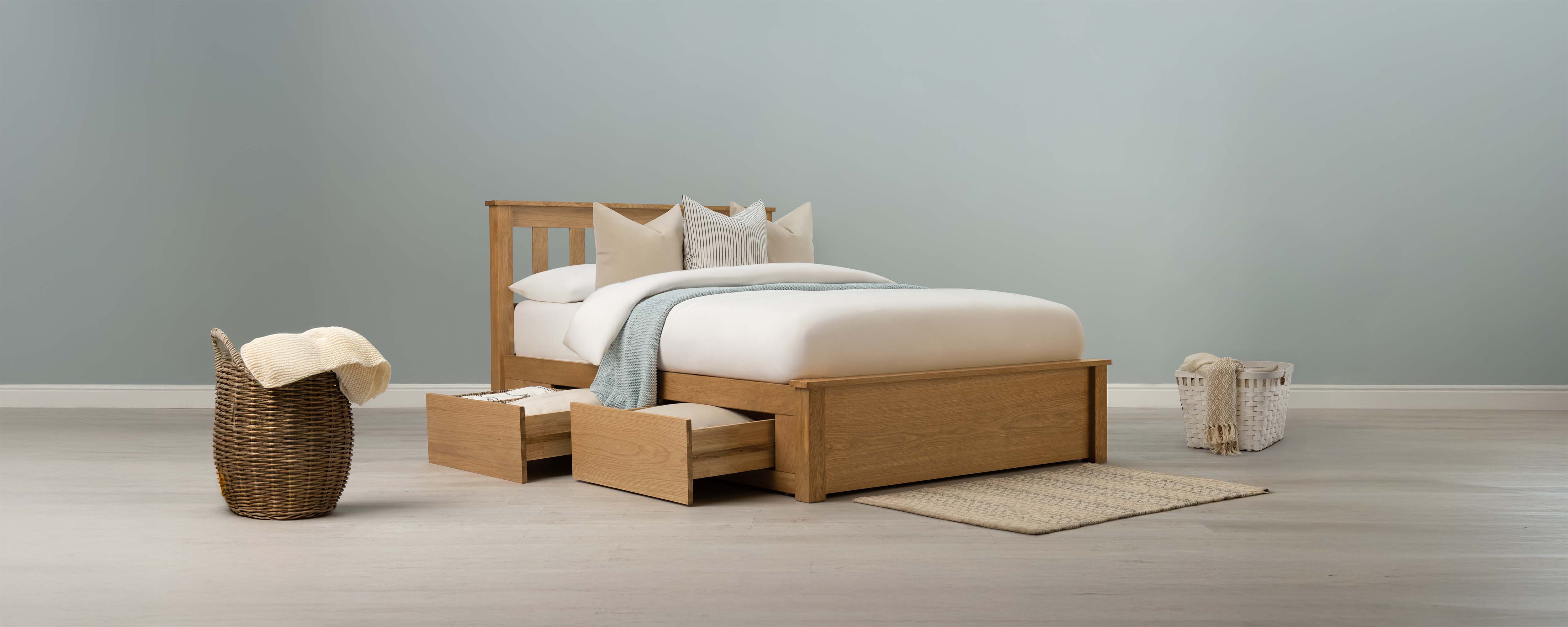

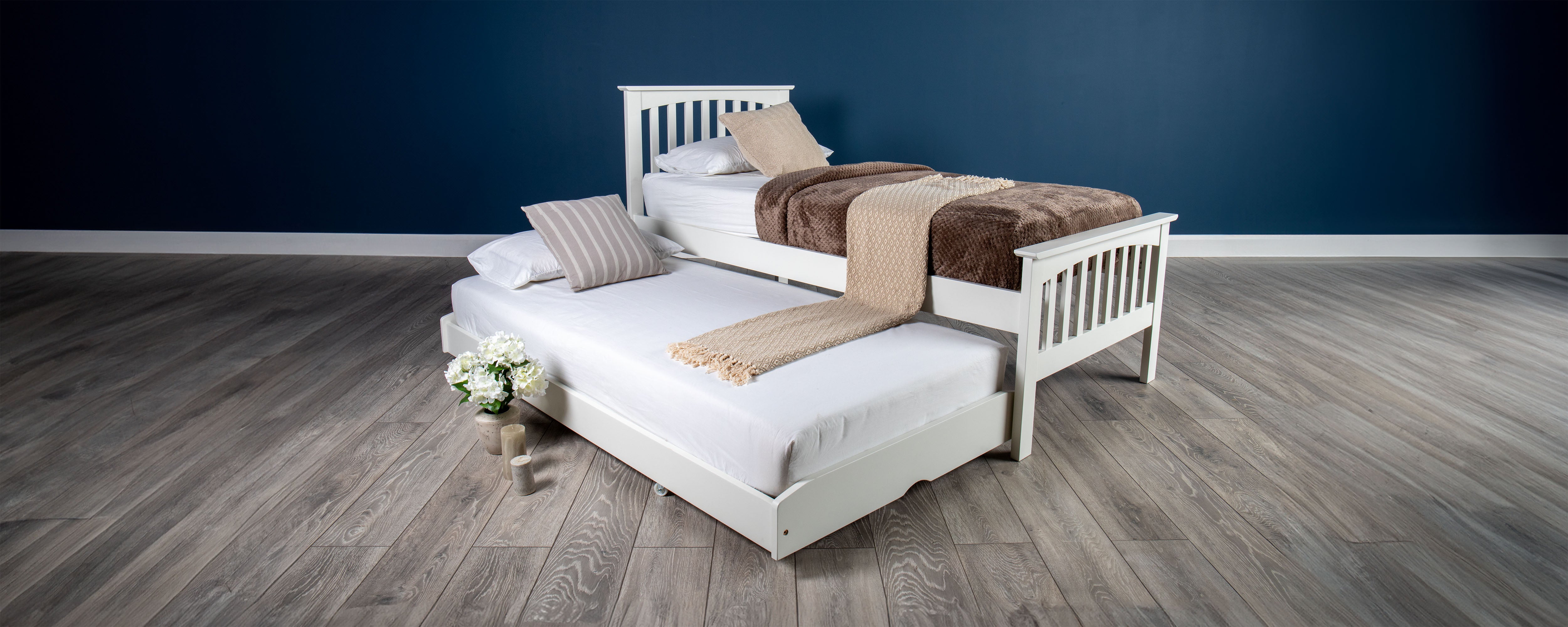


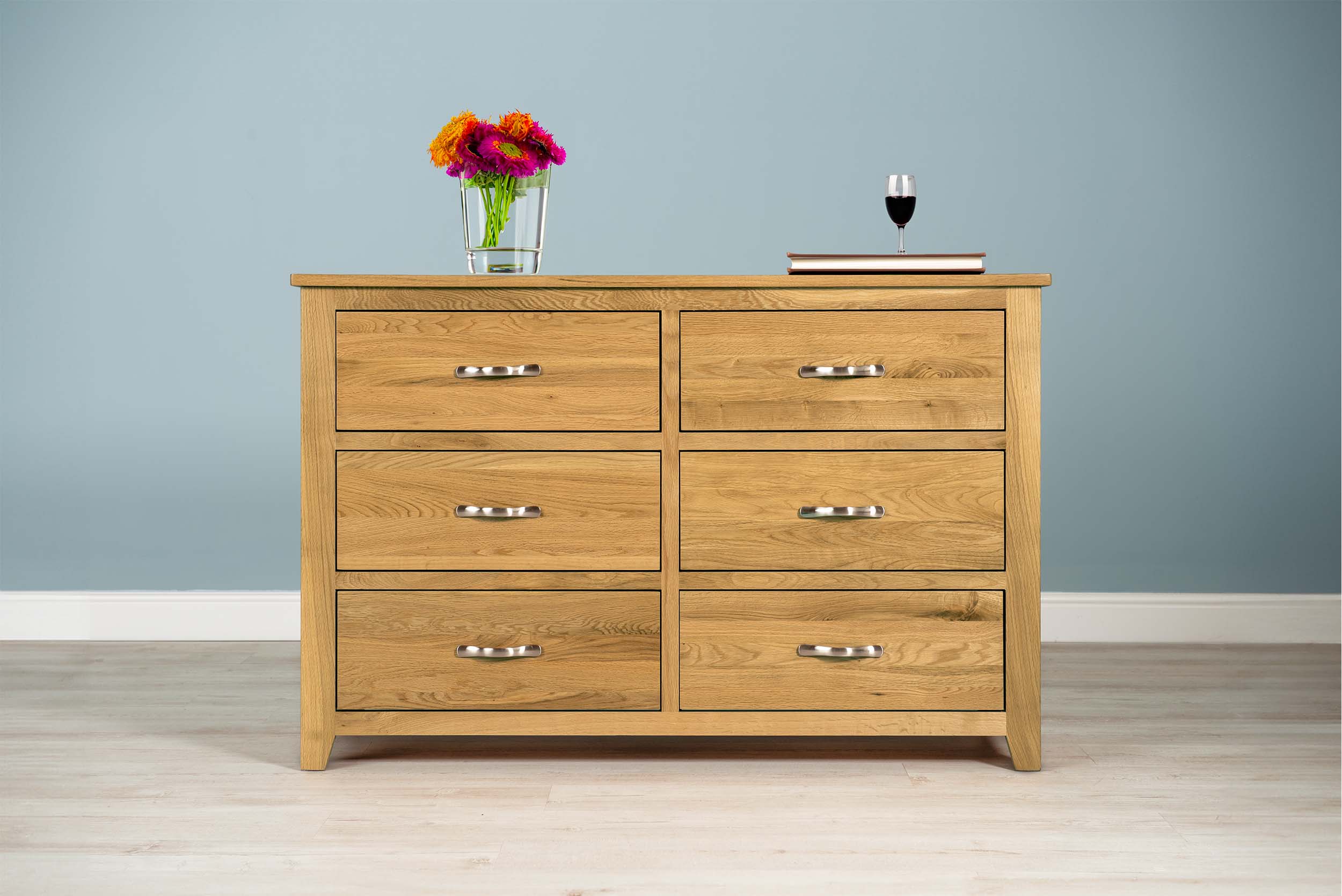
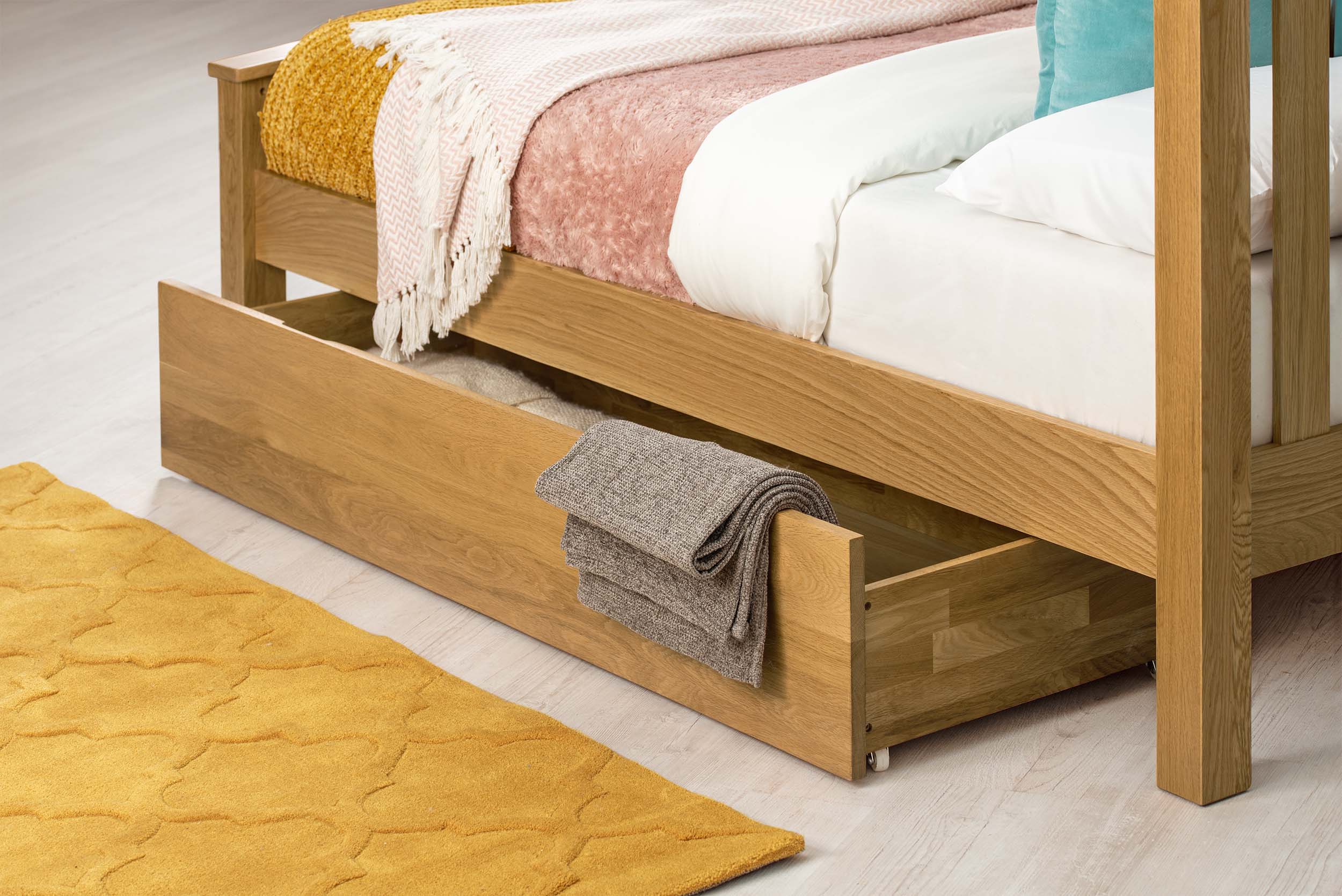
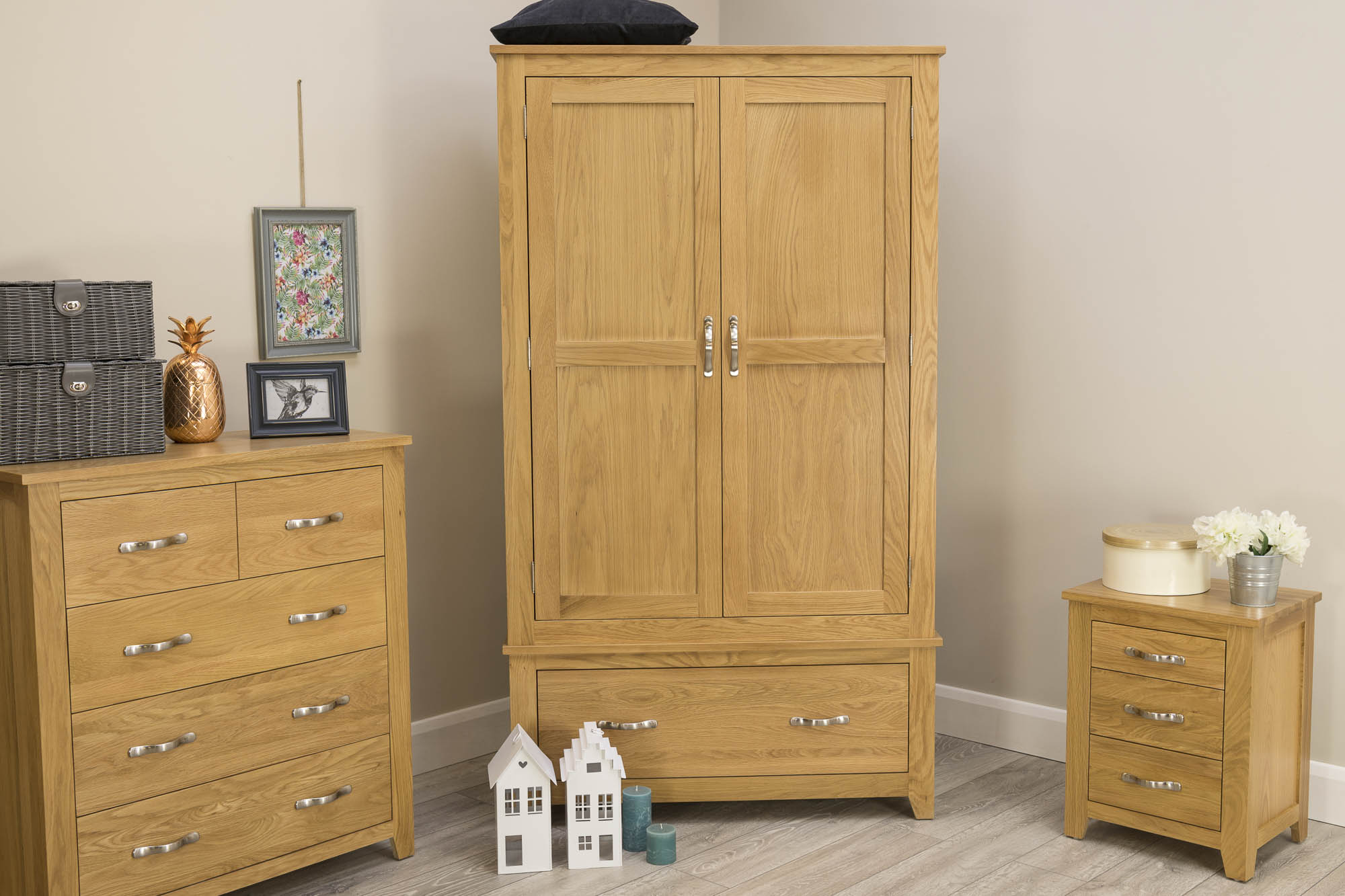
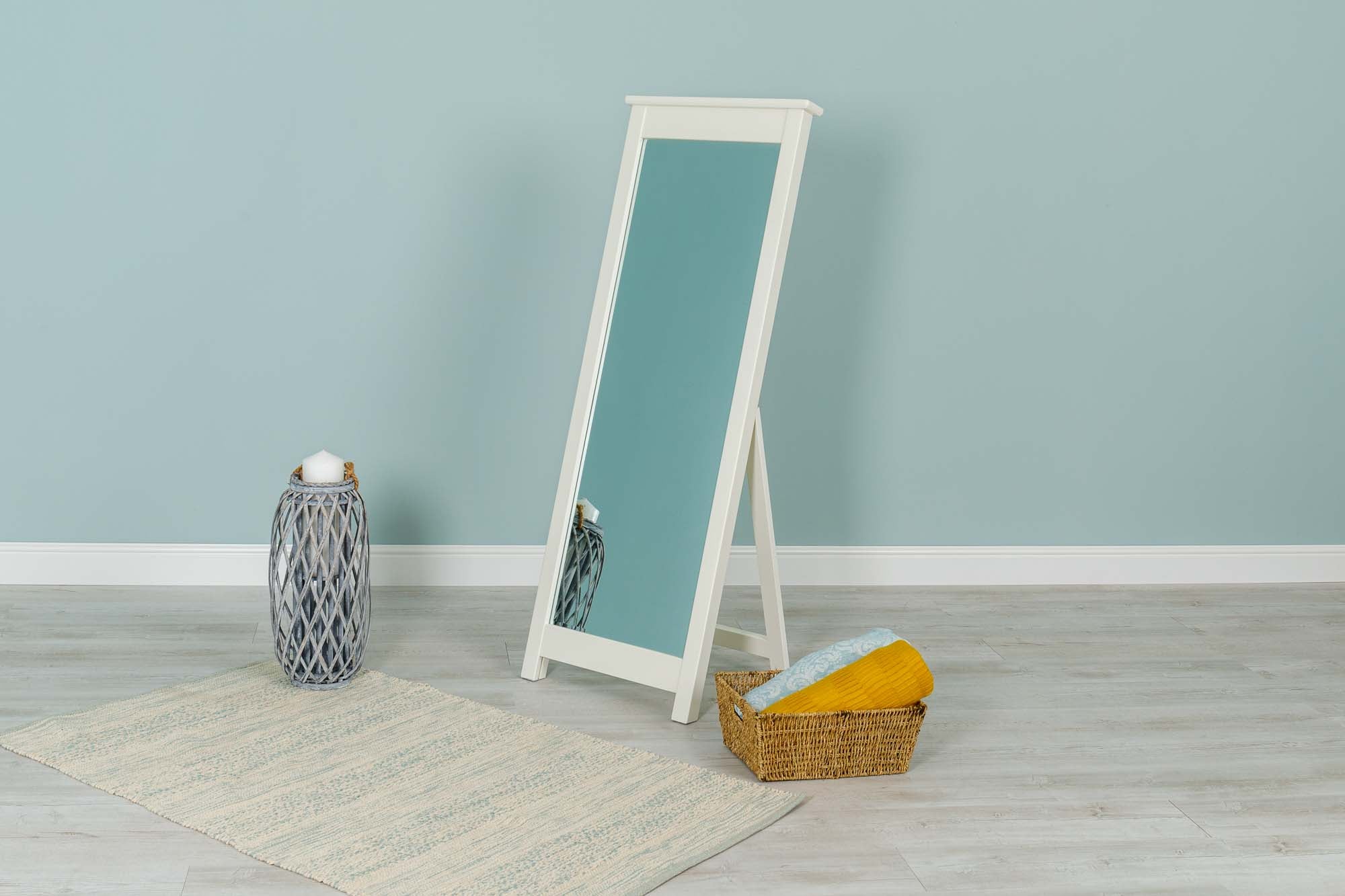
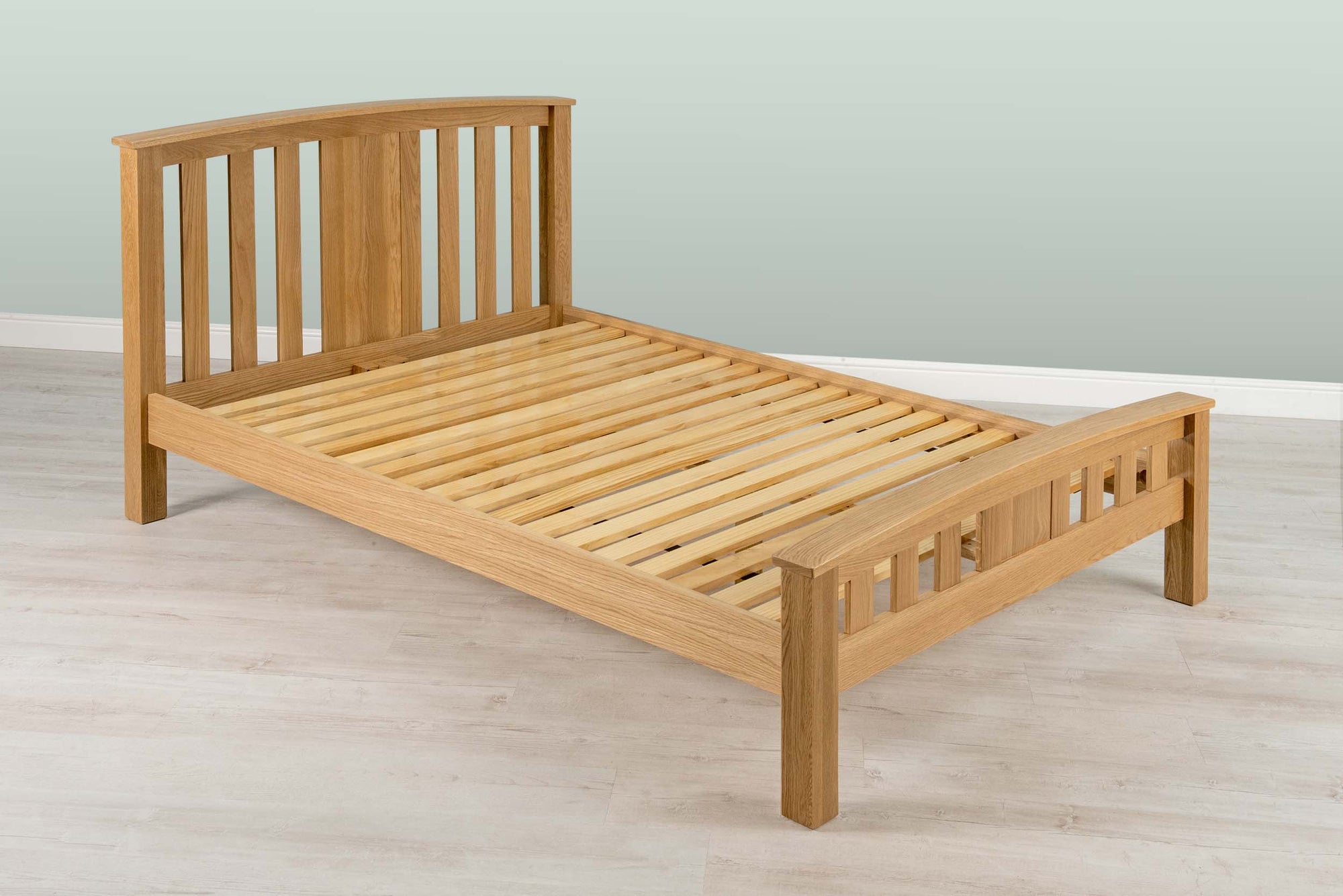

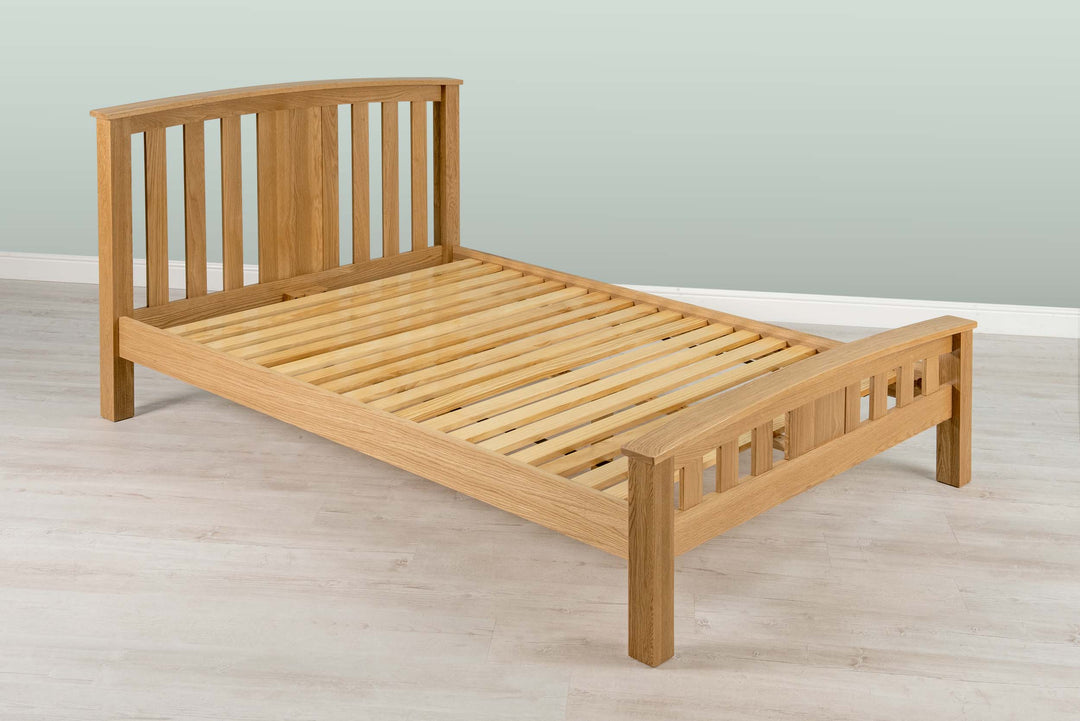


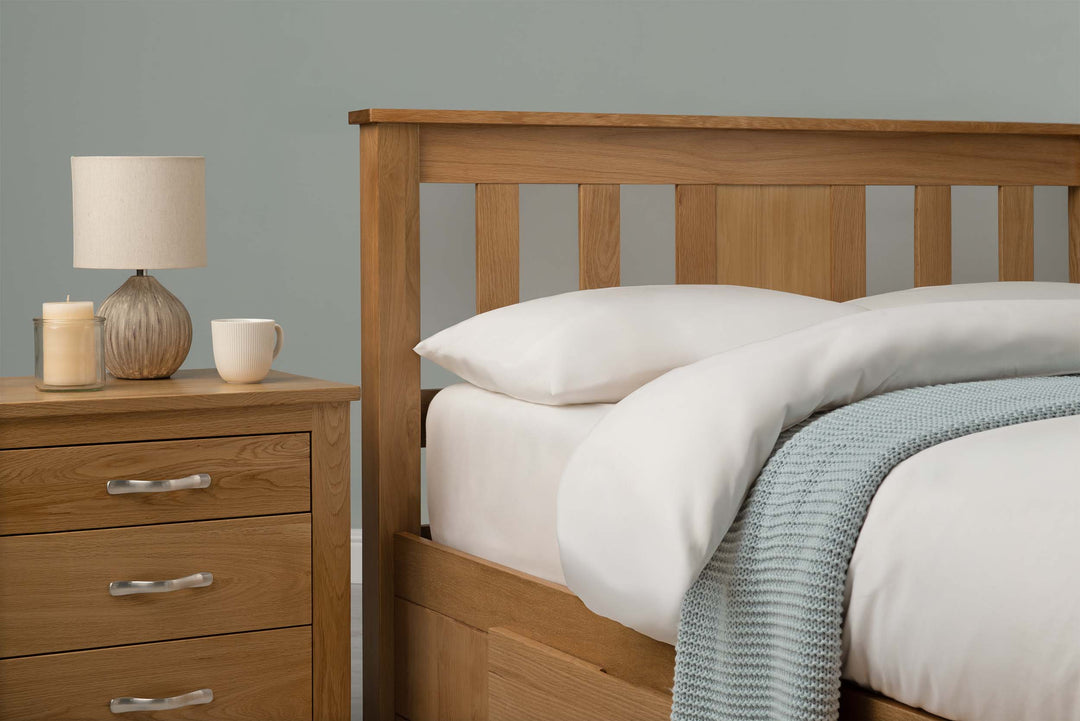
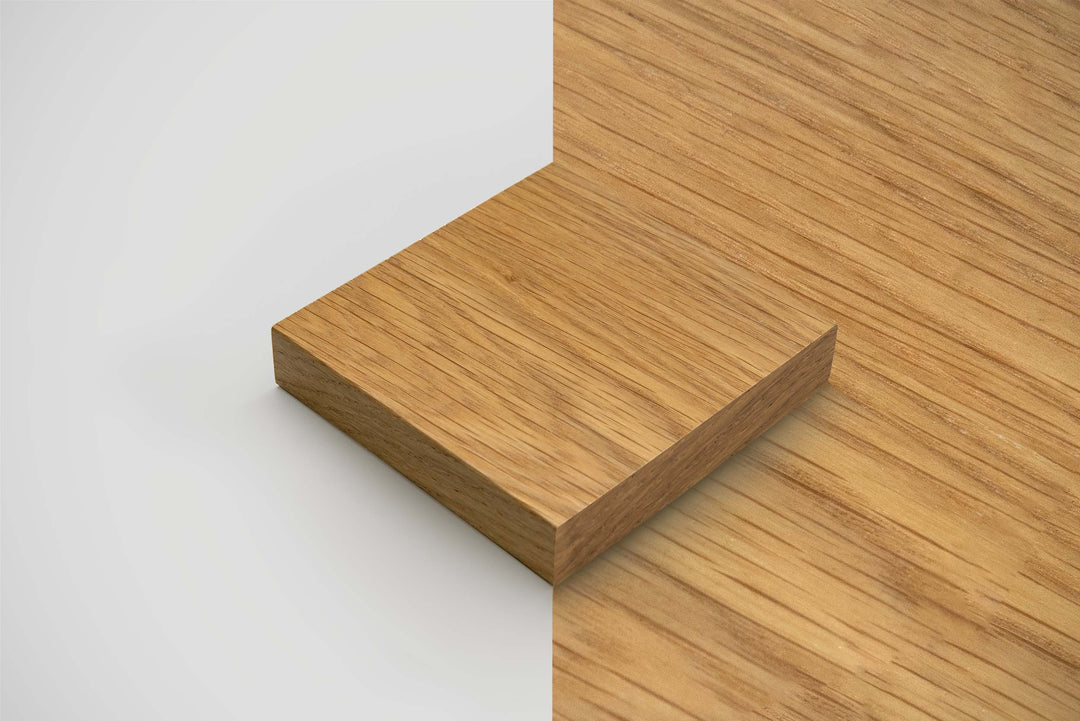







Leave a comment